Ashford in the Water is a very pretty Derbyshire and Peak District village, situated on the River Wye, one and a half miles north west of Bakewell.
Its main attraction is the Sheep wash bridge which is both picturesque and ancient.. It was originally a medieval packhorse bridge and it is only until recently, that sheep were wahed here prior to shearing. The lambs would be penned within the stone-walled pen on one side of the river, whilst the mothers would be thrown in at the other side. They would naturally swim across to their offspring, thus ensuring a good soaking. The bridge is also a good vantage point for watching the rainbow trout in the river below.
Ashford contains many old, picturesque cottages, some of which were once owned by the Chatsworth Estate and sold off in the 1950s to pay for death duties. Some of the cottages sold for around £50 and are now worth several thousand times that amount.
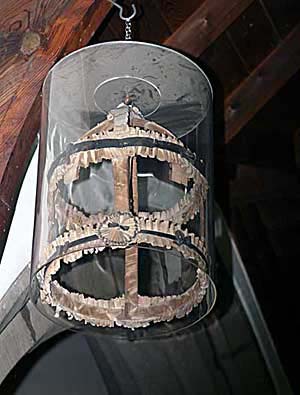
Ashford in the Water church |
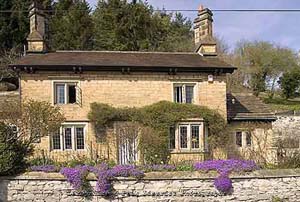
Ashford in the Water |
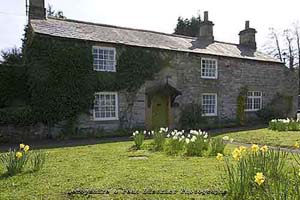
Ashford in the Water church |
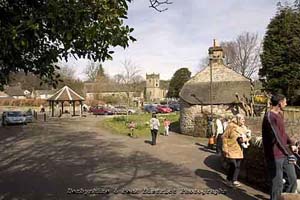
Ashford in the Water |
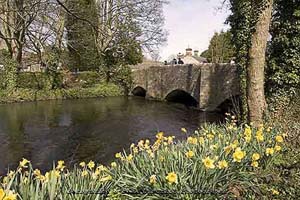
Ashford in the Water church |
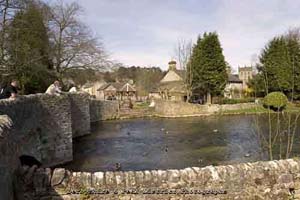
Ashford in the Water |
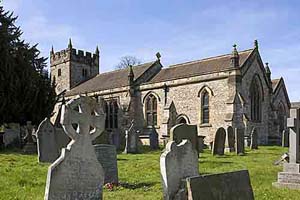
Ashford in the Water church |
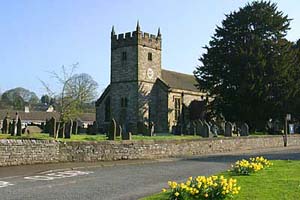
Ashford in the Water |
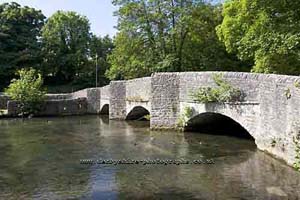
Ashford in the Water church |
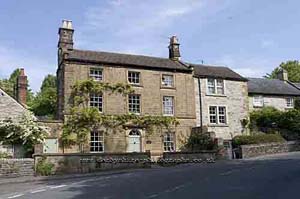
Ashford in the Water |
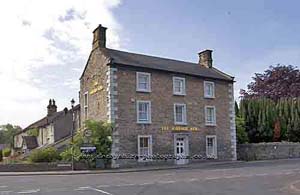
Ashford in the Water church |
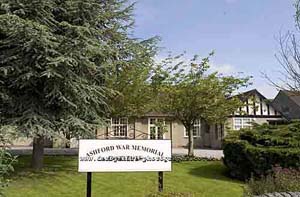
Ashford in the Water |
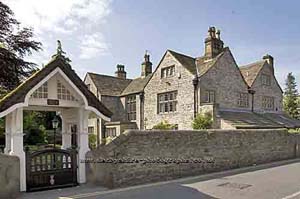
Ashford in the Water church |
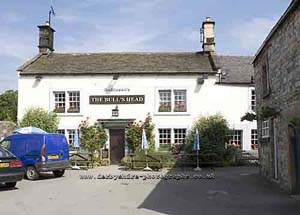
Ashford in the Water |
Lead mining was one of the main industries in the area, with Ashford being a centre up until the late 19th century. However Ashford is better known for another ore that was first quarried here in 1748 by Henry Watson, which is Ashford marble, a unique limestone. When polished, the black marble provided a perfect background for mosaic and inlaid patterns. Amongst other things it was used for vases, clocks and jewellery. A wonderful example of an inlaid table top is in Ashford church. Henry Watson also invented a machine for cutting and polishing marble. His factory continued working until the early part of the 20th century.
One industry that existed in the village was that of candle making. A house now standing on the site of the old factory is called 'The Candle House' and it is situated in Greaves Lane, greaves being the name given to dregs of melted tallow.
Another ancient custom that once took place in the village was that of hanging funeral garlands from the roof of the church. Four garland still hang, the oldest from 1747.. They were made of white paper cut to form rosettes and fixed to a wooden frame. They would then be carried before the coffin of a young virgin in the funeral procession, before being hung up.
Parts of the Church of the Holy Trinity date back to the 13th century, in particular the lower part of the unbuttressed west tower and the south door with its original Norman tympanium showing a tree of life in the centre with a hog and wolf facing it. The north arcade is from the 14th century but most of the church was rebuilt in 1868-70 by J.M & H. Taylor. It contains an octagonal Perp font, a Jacobean pulpit and a chalice from around 1630-50.
Well dressing in Ashford is a homage to the abundance of water. Six wells are dressed, by layering petals, leaves and other natural objects into a bed of clay to form an impressive picture. The custom had fallen into disuse in Ashford until about 40 years ago, when thanks to a lady called Ida Thorpe, it was revived.The high standards were set by her are continued to this day as the hoardes of visitors pouring into Ashford around Trinity Sunday bear witness. On average, around 12,000 people pass through the church during well dressing week.
Ashford Hall was built in 1785 to a design by Joseph Pickford of Derby fame. It belongs to the Olivier family and overlooks a picturesque lake formed out of the river Wye.
A short distance away from Ashford is Thornbridge Hall, a Georgian T shaped house, extensively altered in 1871. In private hands till the mid 20th century, it became a teacher training college, then a multi purpose educational centre , a conference centre, and is now privately owned again and used to some extent as an antiques sales shop. It contains woodwork from Derwent Hall and Church.
The village has 2 pubs, The Ashford Arms Hotel, a plush 18th century coaching inn and the Bull's Head, known as the Turk's Head in the 19th century and run by the same family since the 1950's. The corner shop at the the end of Church Street has been in existence for over 100 years and is an outlet for many local needs. A War Memorial Institute, stands opposite the Ashford Arms and holds computer classes, fairs and Women's Institute meetings.
Holiday Accommodation in Ashford in the Water
For accommodation in the area try our holiday accommodation guide at Derbyshire and Peak District Accommodation Guide
More information with photographs on Holy Trinity church can be found at Ashford church